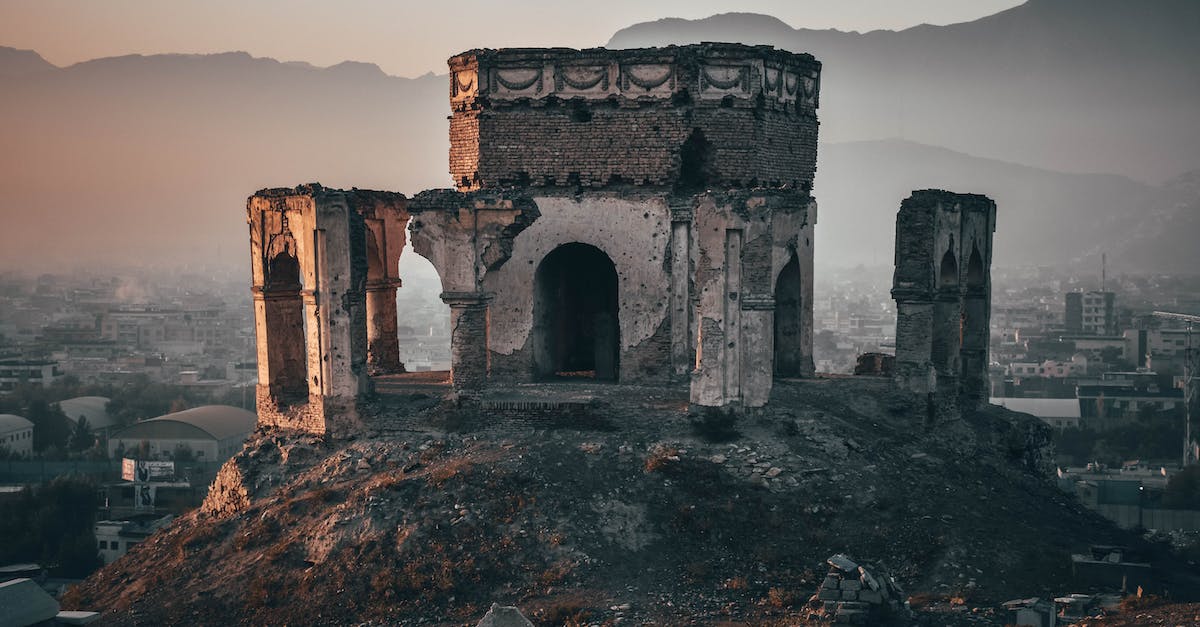The surprising contrasts of Dushanbe

Monday might just be another day of the week, but adding majestic mountains, glacial lakes and impressive green landscapes creates a totally different mood. Dushanbe is the capital and largest city of Tajikistan, a country of rare natural beauty. Meaning “Monday” in Persian, the city is named after its historical Monday market. In fact, this region holds much more than just memories of its provincial past. The country itself is one of the most inspiring high-altitude landscapes on the planet, with over % of its terrain teetering in the clouds.
The capital city of Tajikistan, Dushanbe, is hidden amongst stunning views and natural beauty. Those who wish to visit the “roof of the world” can see the incredible mountain ranges with some of the highest peaks in the former USSR. Dushanbe has been a land of progress for centuries; it started as a small agricultural village in Central Asia but became the capital of the new Tajik Autonomous Soviet Socialist Republic in .
During the Soviet Union and the civil war in Tajikistan, the city of Dushane experienced rapid industrial growth. In the following years, the country took steps towards rebuilding and development. In the last five years under the leadership of its mayor, Rustami Emomali, Dushane has undergone a quiet renaissance that has been pushing it to the forefront of travellers’ wishlists. Today the city offers an excellent combination of tradition and contemporary vision in architecture and design. Luxury hotel chains including Hyatt are investing in the city, and its future looks bright.
The Hissar Citadel, km away from Dushanbe, is one of the top sights in Tajikistan. The reconstructed corner of the citadel is open to visitors, who can explore the disintegrating baked-earth walls and six kilometres of fortifications that were rebuilt in the late th century. The , people who call Dushanbe home are eager to share its transformation with the world.
Of Alexander the Great’s original settlement, there now stands the majestic Palace of Nations, next to the statue of the Tajik State founder Ismoli Somoni. However, the central attraction of the city is an even more impressive place. The Maidoni Istiqlol – or Independence Square – is a newly unveiled public monument inaugurated by the President of Tajikistan Emomali Rahmon on th September, during the nation’s th Republic Independence Day celebrations. Measuring hectares in size, the new square features central, southern and northern gates.
S and decorative pools at its centre, a -metre monument towers majestically above the city below, proudly symbolising the sovereignty of Tajikistan, while nestled within lies a treasure trove of historical artefacts. The Museum of the Complex displays exhibits dating back as far as the stone age, including an axe, an image of the Greek God Dionysus and a female earring shaped like a sphinx. Further inside stands a symbolic Tajik rulers’ throne, whittled from wood and coated in gold, on which a golden sceptre has been placed to symbolise independence and Tajikistan’s new revival.
In Summary
In conclusion, the Maidoni Istiqlol is a truly impressive public monument that symbolizes the strength and resilience of the Tajik people. It is a fitting tribute to the nation’s founding fathers and a reminder of the country’s proud history. With its central, southern and northern gates, the square is also a symbol of Tajikistan’s openness to the world and its commitment to peace and stability.








